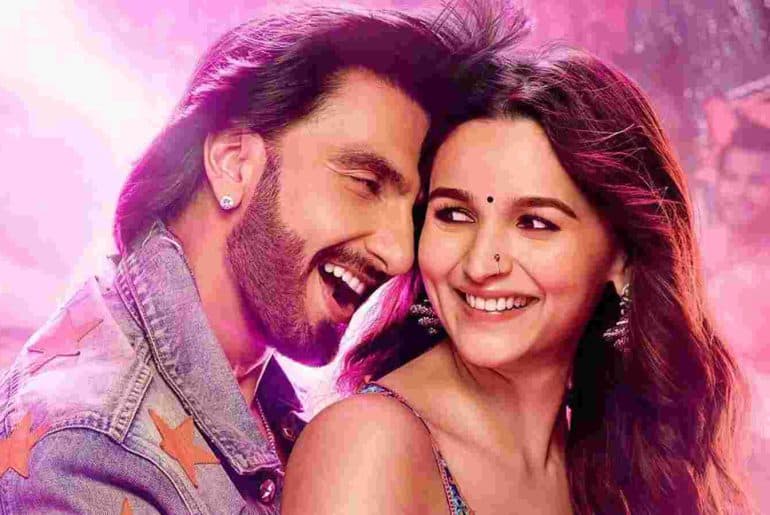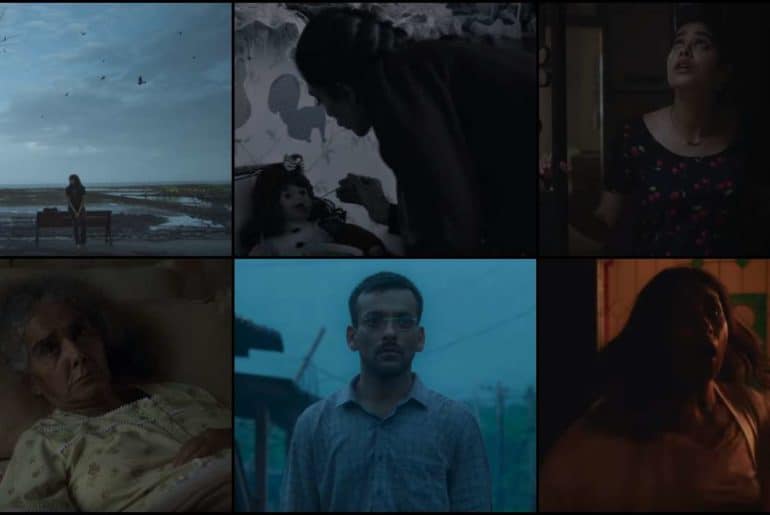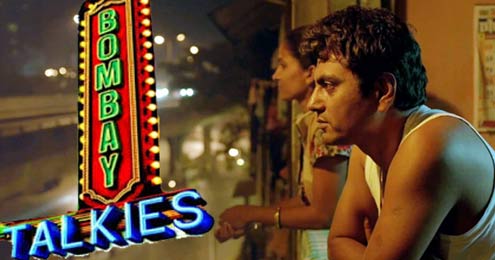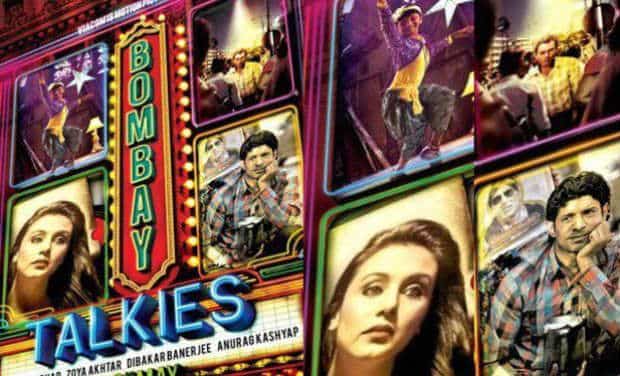This article is an insight on ‘Rocky Aur Rani Ki Prem Kahani’ and how it delves to the social paradigm of our country.
As I walked out of the theatre feeling that I have been called poor by Karan Johar in 3 languages I couldn’t help but wonder, are over the top popcorn flicks the one stop solution of inducting social cues in the Indian audience.
Beneath Flashy costumes and larger than life setting Rocky and Rani ki prem kahani slips in commentaries on social hierarchies and prejudices . Be it the textbook feminist Rani Chatterjee’s relentless pursuit of a ghoonghat free Randhawa palace, Rocky’s glamour doing a solid uno reverse the overt sexualization of female heroines in Bollywood or the gender no bar kathak performances, the movie does not shy away from inclusion.
One might find the rom-com a little dismissive about matters that set televisions reporters (and seemingly the nation) on fire, be it the discourse on racism , profiling of gender restrictive talents or patriarchal set ups in general. Through the clash between a stereotypical ghoonghat clad loud Punjabi family with a high end cultured Bengali intellectuals, the subtle undertone that hit was about how quick we are to dismiss notions that do not quantify well in our spectrum. For example Rocky Randhawa’s speech after Rani’s father’s classical performance is publicly shamed by the hip Punjabi audience is one for which the dialogue writer deserves a raise if not a superior mandate into any conversation that mentions the ‘woke culture’ in the Indian society . What really struck a chord in his monologue was how accurately it portrayed the cultural bias we have nurtured
through our social settings. The contemptuous outlook at everything that doesn’t resonate with our presumably superior understanding of the world deserves nothing but a dismissal followed by a grunt.
The lionising of culture contrasted with the seemingly steep curve of understanding presented a dilemma that any diversified culture would relate to. Him reiterating again and again the need to have a more comprehensive understanding of different point of views hits the bullseye in the current social climate , given that every contentious issue divides the public into three spheres where one group hold the higher ground of intellectual injunction, the other of dogmatic persistence and the third being the ones who are at this point too afraid to jump into the complex web battling information and misinformation. The fear of being ‘cancelled’ by the woke culture leaves little to no room for them to inculcate new world views, something that our protagonist seemingly struggled with through half of the movie and culminated into a quirky yet thought provoking monologue.
I’m afraid that the monologue in Rocky Aur Rani Ki Prem Kahani has done more for West Delhi gym guys than for feminism. Although the reactions to the movie can range from the audience bursting into loud ‘awws’, to scornful side eyes to the melodramatic social messages, the movie does provide a handful of insights that serve well to the ‘Dharma-tic’ audience.
Image Credits: Mint
Priya Shandilya
[email protected]






